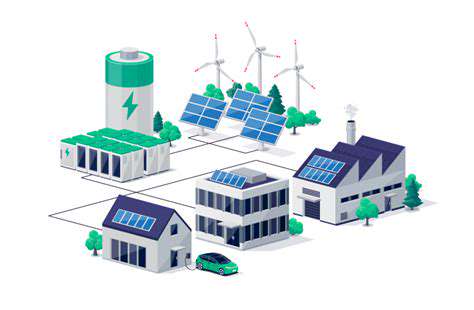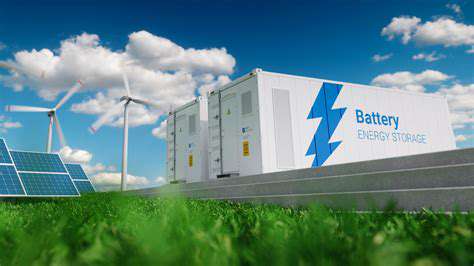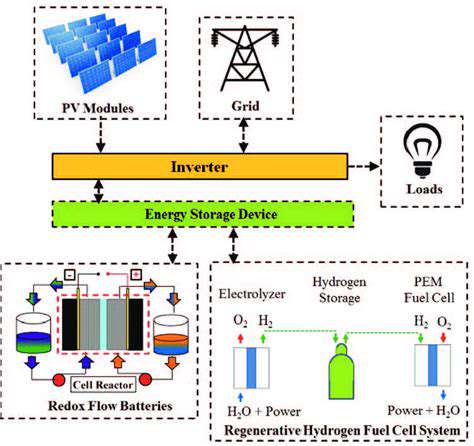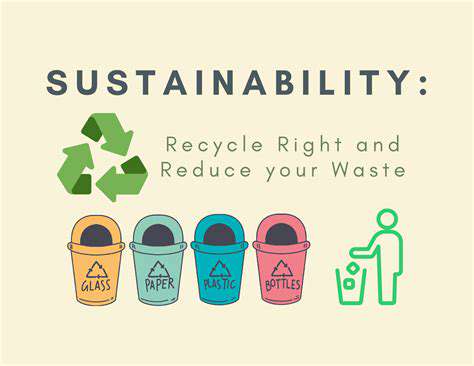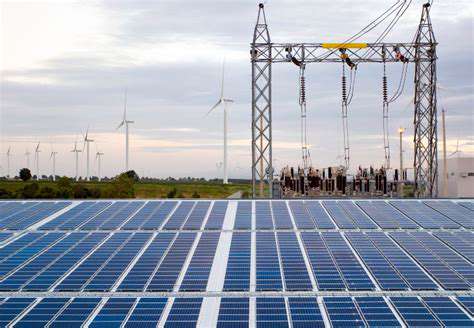Second Life Batteries: Repurposing EV Batteries for Stationary Storage
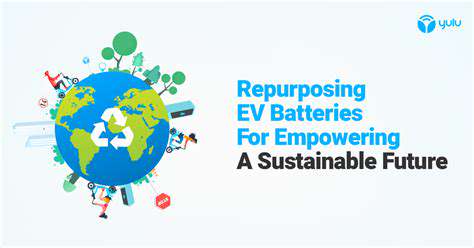
Repurposing EV Batteries for Stationary Storage
Electric vehicle (EV) batteries, with their high energy density and advanced management systems, are increasingly seen as a valuable resource for stationary energy storage applications. This repurposing offers a significant opportunity to reduce reliance on fossil fuels and integrate renewable energy sources into the grid. The technology behind these batteries is mature and well-understood, making them a practical and reliable solution for grid stabilization. Furthermore, the increasing number of EVs being decommissioned creates a readily available supply of these batteries, presenting a sustainable and cost-effective solution to the growing demand for energy storage.
The use of EV batteries in stationary energy storage systems can provide significant benefits. These systems can be deployed in various locations, including residential homes, commercial buildings, and utility-scale installations, offering a flexible and scalable solution to energy storage challenges. By integrating these batteries into the grid, we can improve grid stability, reduce reliance on fossil fuels, and enhance the utilization of renewable energy sources like solar and wind power. This repurposing helps to close the loop in the EV lifecycle, reducing material waste and promoting circular economy principles.
Economic and Environmental Advantages of Repurposing
Repurposing EV batteries for stationary energy storage presents a compelling economic advantage. The cost of new battery systems can be considerable, whereas repurposing existing batteries significantly reduces the overall cost of energy storage. This cost-effectiveness is crucial for widespread adoption, particularly in developing nations where energy access and affordability are significant concerns. Furthermore, the reduced manufacturing process for new batteries also contributes to a decrease in the carbon footprint.
Environmentally, repurposing EV batteries minimizes the environmental impact associated with extracting and processing raw materials for new batteries. This approach reduces the demand for rare earth elements and other critical minerals, contributing to a more sustainable and responsible energy future. By extending the lifespan of EV batteries and repurposing them in stationary storage, we can lessen the strain on our planet's resources. This approach also minimizes the environmental consequences of battery disposal, which can be problematic if not managed properly.
Technical Considerations and Challenges
While the concept of repurposing EV batteries for stationary storage is promising, several technical challenges need to be addressed. One key consideration is ensuring the safety and reliability of the repurposed batteries. Rigorous testing and quality control are essential to guarantee the long-term performance and safety of these systems in various operating conditions. Safety features, including advanced thermal management and battery monitoring systems, are critical in mitigating potential risks. The proper integration of these repurposed batteries into existing grid infrastructure presents another important technical challenge.
Another technical hurdle is optimizing the performance of the repurposed batteries in stationary storage applications. This involves tailoring the battery management systems to the specific needs of the stationary storage application. Furthermore, ensuring compatibility with existing grid infrastructure and energy management systems is critical to seamless integration. Addressing these technical aspects will be crucial for the successful and widespread adoption of repurposed EV battery technology in stationary energy storage.
